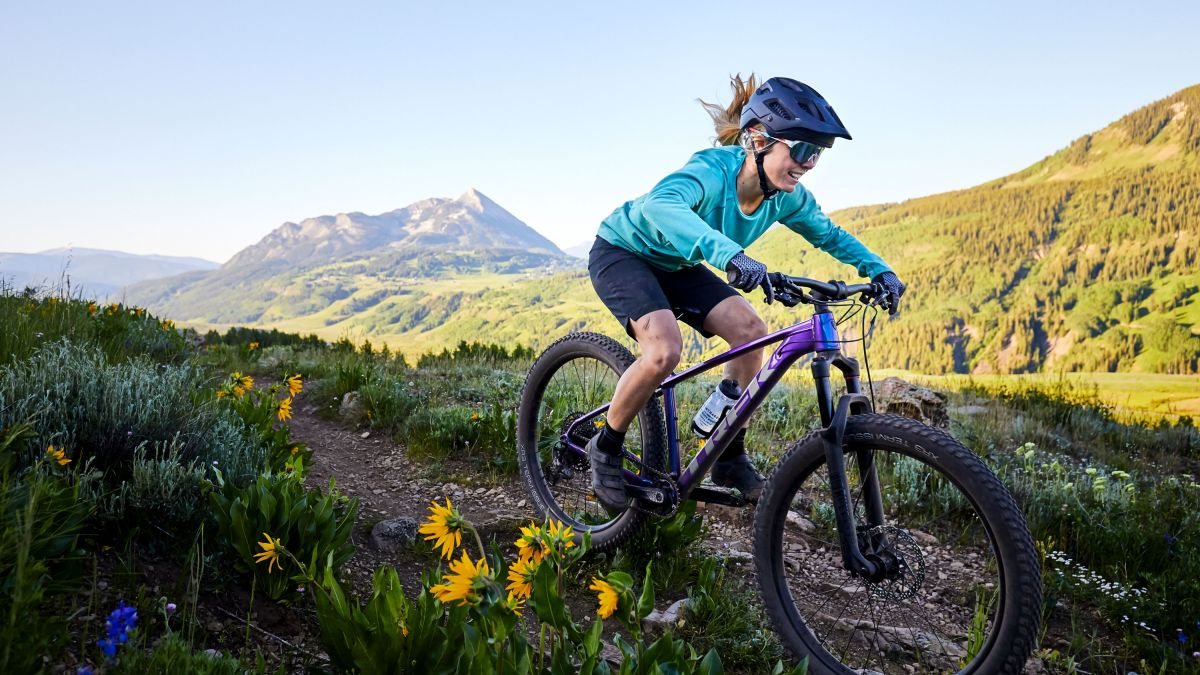
Technical descents are some of the most thrilling and challenging aspects of mountain biking. These steep, rocky, and often treacherous trails require a specific type of mountain bike that can handle the terrain with ease while providing optimal control and stability to the rider. With numerous options available in the market, it can be challenging to determine the best bike for technical descents. This article aims to provide a comprehensive guide to help riders choose the right mountain bike for tackling technical descents.
Understanding Technical Descents
Technical descents refer to steep, challenging trails that require a high level of skill and expertise to navigate successfully. These trails can involve rough, rocky terrain, drops, jumps, tight corners, and other obstacles that require precise bike handling and control. It’s essential to choose a mountain bike that can handle such terrain safely and effectively.
Frame Material
The frame material of the mountain bike plays a crucial role in determining its overall weight, durability, and performance. The three most common materials used for mountain bike frames are aluminum, carbon fiber, and steel.
a) Aluminum: Aluminum frames are lightweight and affordable, making them a popular choice among riders. They offer excellent strength-to-weight ratio and provide a responsive ride that is suitable for more aggressive riding styles. However, they may transmit more vibrations, reducing comfort during long rides.
b) Carbon Fiber: Carbon fiber frames are extremely lightweight, providing excellent power transfer and comfort. They absorb vibrations well, making them ideal for technical descents. Carbon frames are also known for their stiffness, which contributes to better energy transfer. However, they tend to be more expensive.
c) Steel: Steel frames are durable, affordable, and offer a comfortable ride due to their natural shock-absorbing properties. They may be slightly heavier, but they are a great option for riders seeking durability and a more relaxed riding experience.
Suspension
The right suspension setup is vital for technical descents, as it helps absorb shocks and impacts from rough terrains, ensuring a smoother and more controlled ride. Two main types of suspension systems are commonly used in mountain bikes: hardtail and full suspension.
a) Hardtail: Hardtail bikes feature a suspension fork at the front but lack rear suspension. They are lightweight and efficient, making them suitable for technical descents that involve smooth or less technical terrains. However, for more challenging trails, full suspension bikes are generally preferred.
b) Full Suspension: Full suspension bikes have both front and rear suspension systems, offering increased traction, control, and comfort on more challenging terrains. The rear suspension helps maintain better contact with the ground, improving traction and reducing fatigue during long rides.
Wheel Size
The wheel size is an essential aspect to consider when choosing a mountain bike for technical descents. The three most common wheel sizes available are 26-inch, 27.5-inch, and 29-inch.
a) 26-inch: Historically the standard, 26-inch wheels offer maneuverability and are lighter than larger wheel sizes. However, they may not roll over obstacles as smoothly as larger sizes.
b) 27.5-inch: Also known as 650B, these wheels strike a balance between maneuverability and rolling efficiency, making them a popular choice for technical descents.
c) 29-inch: 29-inch wheels are known for their ability to roll over obstacles with ease, providing better traction and stability. They maintain momentum well, making them suitable for technical descents where speed and efficiency are crucial.
Geometry
The geometry of the mountain bike plays a crucial role in determining its handling and control on technical descents. The three essential geometry factors to consider are:
a) Head Angle: The head angle refers to the angle between the frame and the ground. A slack head angle, typically between 65-67 degrees, provides better stability and control on technical descents.
b) Wheelbase: The wheelbase is the distance between the front and rear wheels. A longer wheelbase provides better stability and control, making it ideal for technical descents.
c) Chainstay Length: The chainstay length refers to the distance between the rear wheel and the bottom bracket. A shorter chainstay length provides better agility and maneuverability, ideal for technical descents that require quick direction changes.

